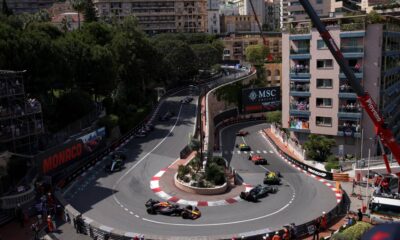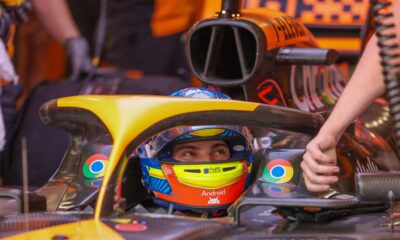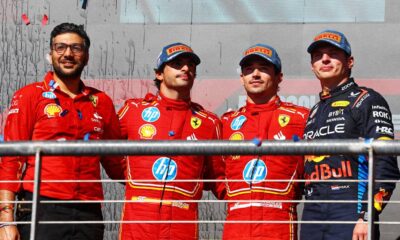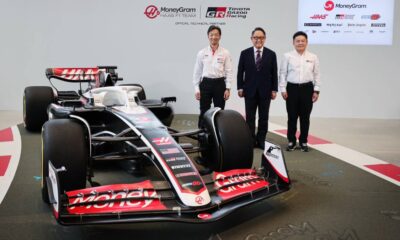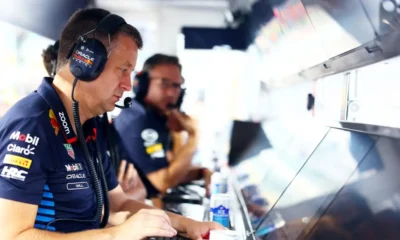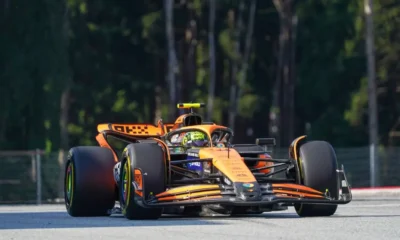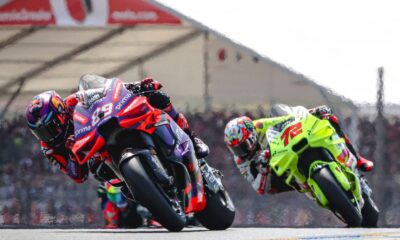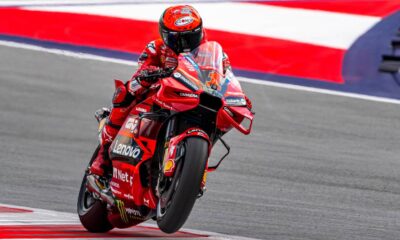Motorsport
Teams may face disqualification! What does the change in guidelines mean for Formula 1 teams and how does the FIA want to monitor the safety of the cars?
The Fédération Internationale de l’Automobile (FIA) is responding to the drivers’ calls and intends to address the problems with bouncing monoblocs for safety reasons. Ahead of the Canadian Grand Prix, the FIA is introducing a new directive, but what does this mean for the teams and how will the FIA ensure the safety of the cars?
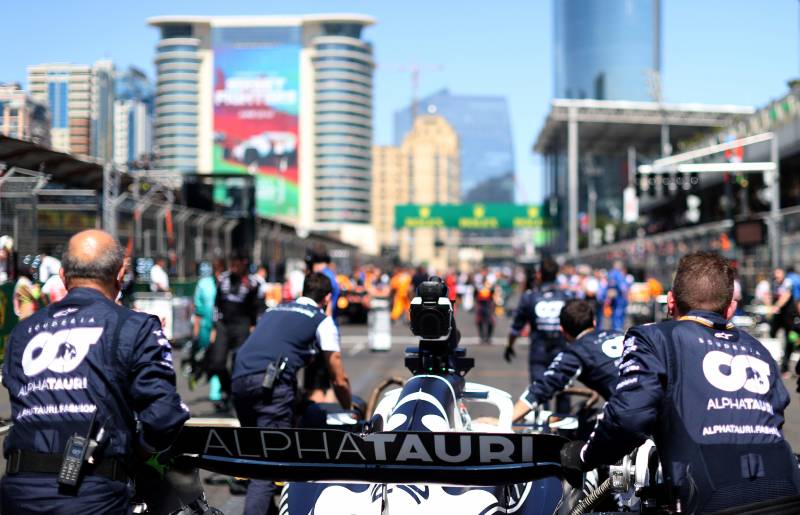
The Fédération Internationale de l’Automobile (FIA) is responding to the drivers’ cries and intends to address the problems with bouncing monoposts for safety reasons. Ahead of the Canadian Grand Prix, the FIA is introducing a new directive, but what does this mean for the teams and how will the FIA ensure the safety of the cars?
The international governing body is introducing changes. Specifically, ahead of the Canadian Grand Prix, it is issuing new technical directives that should solve the problems with porpoising, or the bouncing of cars on the straights, in the medium term.
We’ve covered this issue in more detail in two articles – this one and this one. But how does he want to monitor the setup and safety of the cars specifically?
It should be noted that the technical guidelines are not public, but the German server Auto Motor und Sport has successfully accessed them and described the specific procedures the FIA will follow when checking the monoposts.
As the FIA has already made public, or rather reminded a few hours ago, it will regulate more strictly the wear of the boards under the car. This is to ensure that the organization controls how much the monoposts are running near the ground.
The Federation Internationale de l’Automobile will also be evaluating data from two sensors near the car’s center of gravity to get data regarding the movement of the monopost (up and down when bouncing).
“If a certain limit is exceeded, the team will have to adjust the set-up and possibly change the height of the car or the suspension level. The limit will be communicated to the teams before the third practice session. Cars that fail to meet this value in the race or in qualifying will be classified as unsafe. According to the technical rules, the unsafe car is disqualified,” explains the Czech server F1 Sport.
The formula server adds that the so-called “Az signal” for vertical acceleration during up and down motion is transmitted directly to the FIA control unit. The technical commissaires can thus see at any time how much the car is touching the track at high speeds.
“Once the FIA has determined the ‘safe setting’ for each individual car, the ground clearance, spring and damper settings and aerodynamic configuration can no longer be changed. Of course, it wouldn’t be F1 rules and guidelines for there to be no exceptions. No one will stop the team from running with even more height. In addition, the settings can be changed for weather, tyre pressures and front wing settings can be changed.”
If any team is unable to meet the FIA’s requirements, it will simply have to go in a direction that is not desirable in the queen of motorsport.
As we wrote in one of our previous articles, there is currently a recipe for that bouncing, but the solution that is being offered is undesirable for the world of Formula One. If Formula 1 does not find some improvements in the development of its monoposts, the teams will have to accept, for example, a change in ground clearance.
And that means a loss of performance and a deterioration in cornering downforce. The bottom line is that this decision by the FIA may indeed affect the distribution of power across the field.
Sources: Auto Motor und Sport, F1 Sport, Racing News, FIA

-
Motorsport5 days ago
Jorge Martín is rewriting history! the 26-year-old Spaniard became the new MotoGP World Champion, Bagnaia succumbed despite his best efforts
-
Motorsport6 days ago
Bagnaia keeps hopes of a miracle alive with MotoGP sprint win in Barcelona, third-placed Martín one step away from title
